They drink whites only, the prefer the sweet ones, they buy little. And they do not know how to choose it. How many times have we heard these commonplaces about women and wine?
Not to mention those winemakers or sommeliers describing a bottle and assuring that “this is a wine for the women’s taste, it is a wine that appeals to women.”
Too many clichés! Let’s go to destroy them one by one
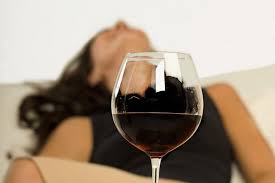
1) Men buy more wine than women
WRONG: The women are the first wine buyers. The percentages of those who buy wine tell us that women are 83% in the United States, 80 in the UK, 70 France, 60 in Switzerland, 57 in Australia. The reason is pretty obvious: they buy it even when they do not drink, as they often are more women to go shopping in the family. So dear sirs of marketing you should do a more women-oriented advertising.

2) Women only drink white and sweet wines
WRONG: We discover that, as far as Europe, women drink for 57% red wine, 30% white and 13% rosé. And the percentage is growing enormously in Asia: more than 70% of Japanese, Chines and South Korean women prefer a nice tannic red.
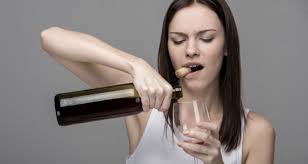
3) Men drink wine and women wash the glasses
WRONG (and unfunny as a joke): 51% of the world’s wine drinkers are women. Moreover, 85% of women live the moment when enjoying a cup, as an important parenthesis of relaxation and pleasure of the day.
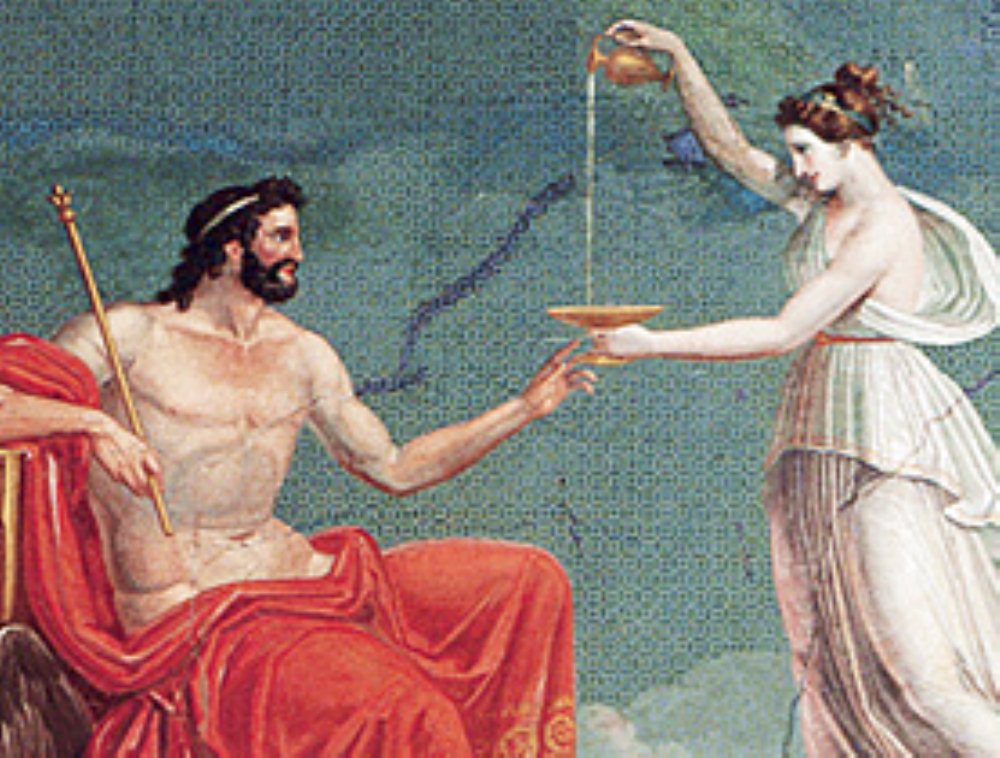
4) Women do not know how to buy wine
WRONG: first of all, they know how to choose a wine in relation to the ability to match it with the food, the choice also denotes the ability to choose by region or country of origin. The men, however, consider more wine as a status symbol and they are then guided by the brand and the price. You must know that 1/5 of women is based on a good knowledge base, they are true passionate and / or collectors
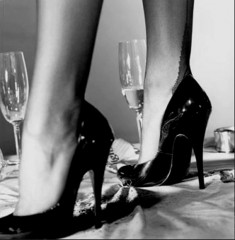
5) The wine made by women is for women
WRONG: The taste is individual and does not depend on sex. Anyway, if there was need proof, remember that during the last Female World Wine Competition, no taster of the jury, made up entirely of women, has been able to distinguish the wines made by women from those produced by men.
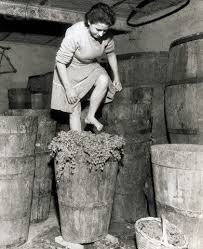
6) Wine is a very masculine sector
WRONG: Or rather, things are evolving: the female oenologist are 33% in France and 50% in Spain; The female sommeliers are 80% in Sweden, Russia and Japan, and 40% in Italy; the female winemakers are 28% in France and 30% in Italy. Growing numbers, which suggest a generational problem and traditional belief systems, rather than an orientation to gender preferences.
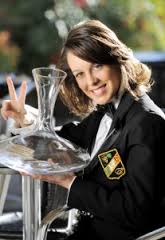
7) Women are not “adventurous” in terms of wines
WRONG: it is not true that they are habitual or rely only by expert advice of male friends: they love, instead, try and buy unknown labels. This fact is related to the clichés number 3 because women look for a break of pleasure and emotion of the glass, they are willing to experiment with innovations in search of something to get excited. In contrast men are more focused on technical elements and the brand that rely on positive reviews and the “great name.”
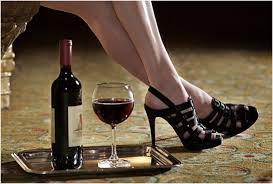
8) The choices of women are more frivolous
WRONG: on the contrary women are less influenced and buy a wine because they like it, trusting the taste. So much so that the wines “for women”, in theory designed to conquer the female audience, have very little success in the market. And they are preferred by only 40% of women in the US, where only 26% are willing to purchase a wine ” for gender”.
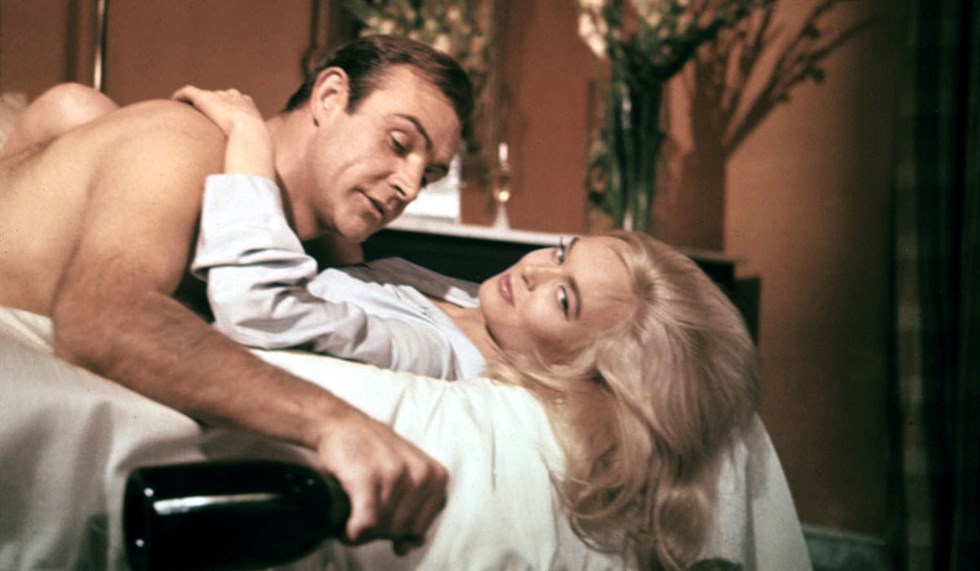
9) Women buy randomly and impulsively
WRONG: research show that 66% of women do purchases, after being informed and having studied the list of the shop / wine bar
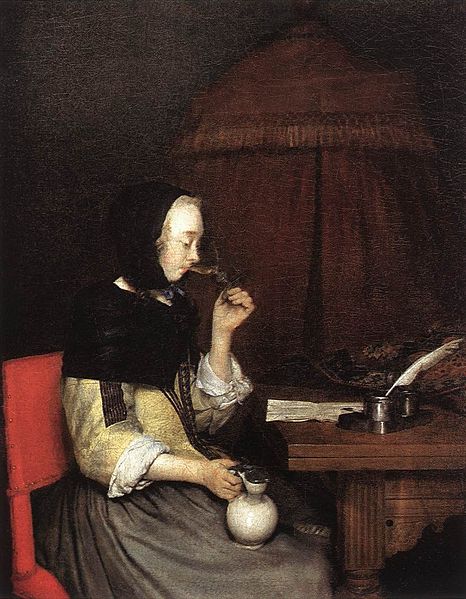
10) Women who drink wine are very confident
WRONG: indeed, unfortunately for them, they have a lack of confidence in themselves. So much so that for a 18% of men claiming to be great connoisseurs of wine, only 12% of women thinks that of themselves. And, if 30% of the men is confident they can identify the aromas in a wine, only 17% of women it is.


